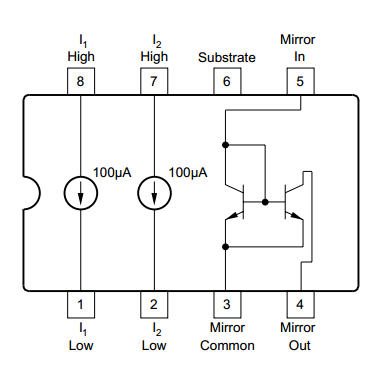Hello,
This is my first post so I hope I ask the right questions! Both questions are for the LM741 and INA114:
1. Can they take in a signal of 0.2-0.5uV with 30-500Hz BW?
2. If they can, will it distort it due to noise created from the chip itself?
I've looked into the data sheets and I feel the noise density might be too much. However I ran a simulation of it and it ran properly; just the simulation doesn't take into account external noise, power-line noise, etc.
Cheers,
Austin


